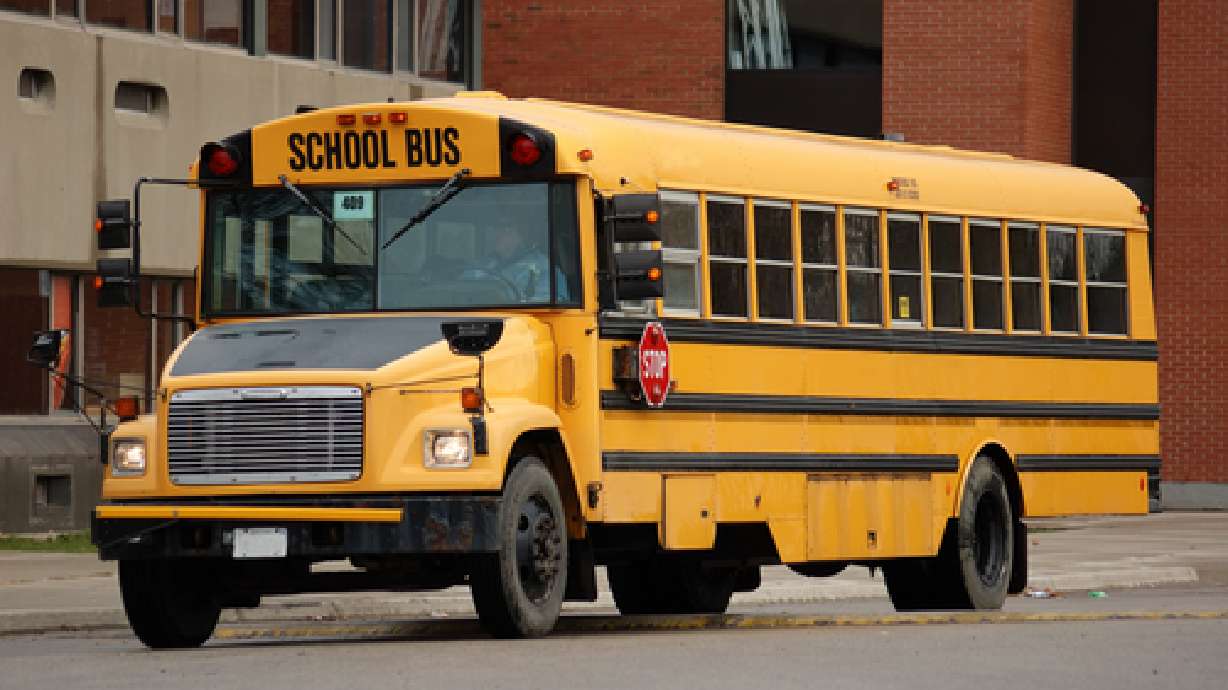Estimated read time: 2-3 minutes
This archived news story is available only for your personal, non-commercial use. Information in the story may be outdated or superseded by additional information. Reading or replaying the story in its archived form does not constitute a republication of the story.
Paul Nelson, KSL NewsradioTransportation officials are proposing new regulations on school buses across the country. But educators say meeting those regulations is trickier than it sounds.
It's a move that federal officials say will make school buses safer for students. Seat backs would go from a minimum height of 20 inches to 24 inches, and buses would come equipped with shoulder restraints. Some parents say this plan sounds expensive.
Cynthia Schlyter said, "I don't think we can absorb that cost." She goes on to say, "I think you could potentially cripple the finances of our school districts."
Parents of children who ride the school bus, like Cynthia Schlyter, say it probably wouldn't hurt to have shoulder belts and higher seat backs, but she wonders if it's overkill.
"We haven't seen drastic bus accidents taking children's lives because they didn't have seat belts or higher backs," she said.
The U.S. Secretary of Transportation, Mary Peters, suggested the use of federal highway safety funds to buy new buses. However, education officials say getting money from these funds is not always easy.
State Office of Education Pupil Transportation Specialist Murrell Martin said, "It would require writing grants to receive partial funding for it, so it would be very limited."
Martin says the office already looked into retrofitting buses with seat belts.
"That estimated cost was $10,000 per bus, and, with our fleet of 2,300 school buses, that would be a cost in excess of $23 million," he told us.
Martin says that's just to install the belts. Yearly maintenance on the devices would cost more. He says that amount of money would be better spent on transporting more kids on buses.
"Statistics indicate that high school students, for example, that transport themselves to and from school are 44 times more likely to be involved in a fatality," he said.
The Associated Press says buses with belts cost about $10,000 more than those without. Martin says some districts buy new buses every 20 years. He also says it has been decades since a student was killed in a bus accident in Utah.








